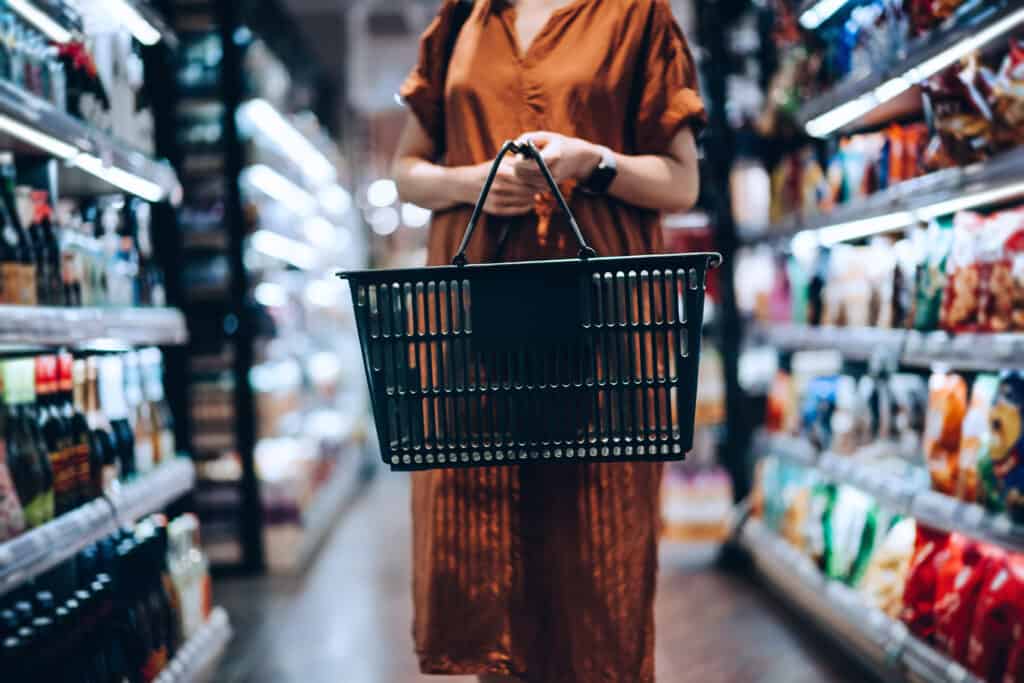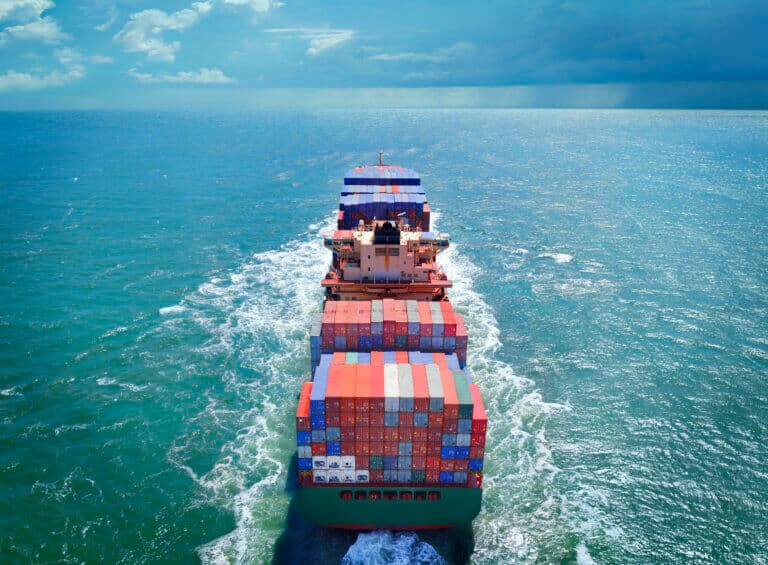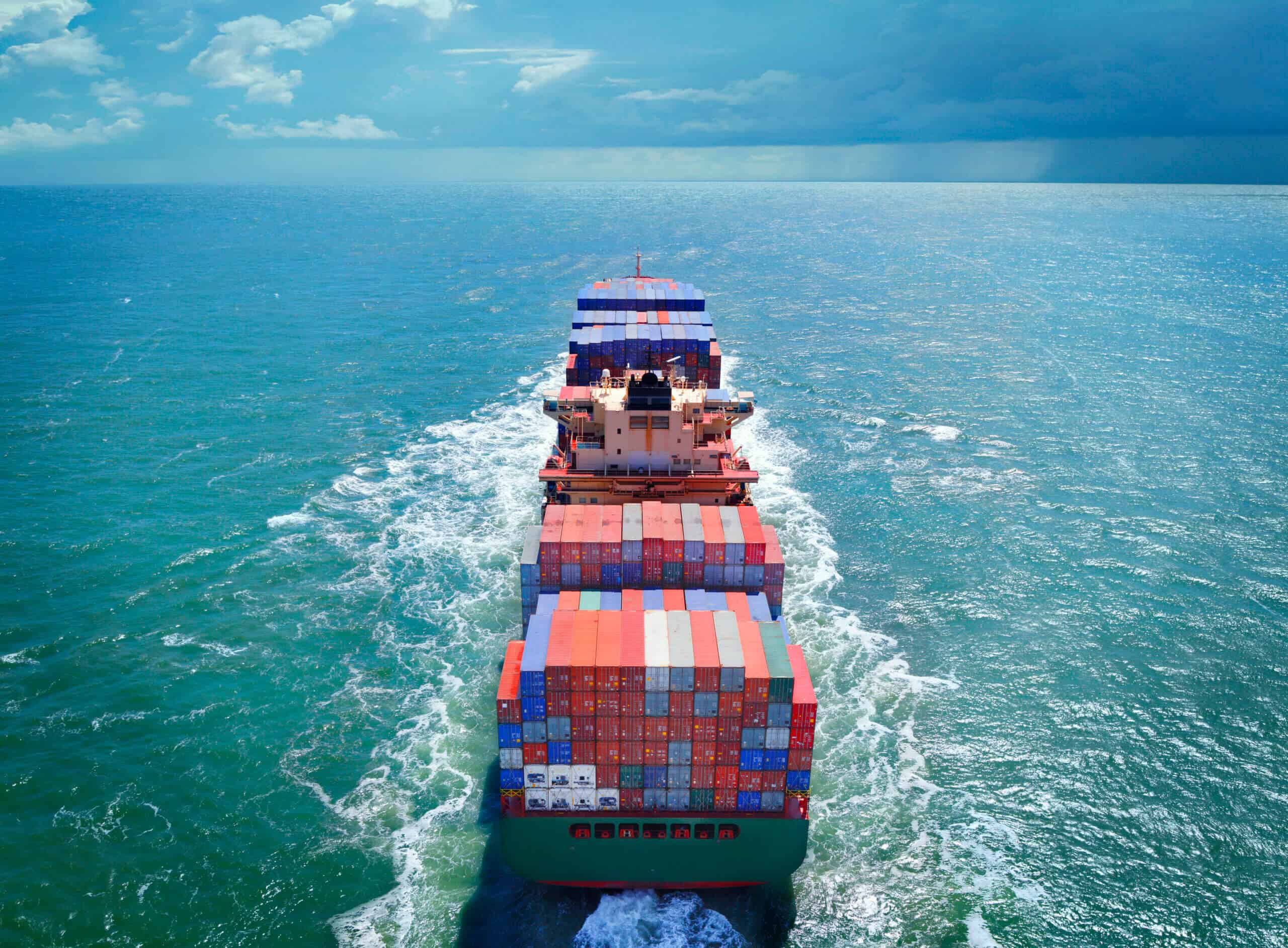
On-shelf or out-of-stock? For consumer package goods (CPG) brands, the answer depends on how well you read demand signals. Reliable on-shelf availability begins with collecting the right retail data: point-of-sale (POS), inventory levels, consumer shopping behaviors, and promotional activity –then transforming that raw information into actionable insights.
The challenge: retail data frequency, formats, hierarchies and points of access vary. The sheer volume of data from multiple retailers, mismatched SKUs, and manual processes can cause delays, a lot of noise, and a risk of errors. That leaves forecasts built on guesswork, not the most current reality. The fallout? Stockouts, overstocks, missed sales, and a drop in on-shelf availability.
What if you could bring that disparate, robust data together in a harmonized, strategic way for an apples-to-apples view across all sources? When you use clean, accurate demand data, you can dramatically improve forecasting and planning to ensure products are exactly where and when customers expect to find them.
Harmonized demand data minimizes stockouts and boost forecast accuracy
Imagine if retail demand signals were clean, on time, and shared easily from upstream to downstream. Supply chain teams would no longer need to guess – they could respond to real-time market conditions. Advanced tools would turn raw data into insights that guide production planning, inventory allocation, and on-shelf strategy.
That future of reliable demand data driving precision forecasting isn’t far off. It’s already here, taking shape and keeping shelves stocked.
The results speak for themselves. A well-established food and beverage brand boosted their forecast accuracy by 40% after harmonizing data across systems and using insights from AI-driven demand sensing. The company centered its strategy on data accuracy and retailer insights to enhance planning effectiveness.
Instead of relying on outdated forecasts and fragmented data, forward-thinking brands are adopting an outside-in planning approach that integrates retailer signals such as point of sale (POS), inventory levels, and promotion data into internal systems for better forecast accuracy and decision making.
Shelf-ready wins aren’t just accomplished by only using cleaner demand data, but through sharing it with all stakeholders. Sales, supply chain, and retail teams that collaborate on a connected platform can tear down silos, and drive decisions to create a more responsive supply chain.
The bottom line: with harmonized demand data, seamless collaboration, and accurate outside-in planning, you can stop guessing and start responding before shelves go bare.
What’s blocking better inventory planning in CPG supply chains?
For starters, CPG data lives in too many places: POS feeds from different retailers, mismatched SKUs, and endless manual mapping. Forecasting can stall when retail systems don’t talk to internal platforms. That drives up the risk of stockouts and missed service level targets.
In addition, traditional forecasting models can’t pivot fast enough when demand shifts. Teams and partners work in their own bubbles, so collaboration and responses to customer demand lags. The result? Shelves run empty, customers walk away, and sales vanish. Or worse, inventory piles up, eating into margins.
With harmonized demand data, CPG companies can stop stockouts before they start, using an outside-in approach. Demand-driven planning swaps rigid forecasts for models that flex with buyer behavior and pull insights from advanced AI-driven demand sensing.
In other words, the model closes the gap between what shoppers do today and how supply chains respond tomorrow. So, you can surface short-term shifts in shopper behavior and recalibrate forecasts and production targets before problems arise.
A connected platform built for outside-in strategy and demand-driven CPG success
By integrating retailer signals directly into forecasting and execution systems, you can reduce manual errors, make informed decisions and respond quickly to sudden demand shifts. This ensures shelves stay stocked, customers stay satisfied, and brands stay competitive. It’s an outside-in strategy.
A connected supply chain management platform puts precision forecasting into action by allowing you to:
- Pull retailer and internal data into one unified location
- Automate SKU mapping to cut errors and sharpen forecasts
- Deploy AI-driven demand sensing to analyze real-time signals and predict near-term demand
- Leverage end-to-end collaboration to coordinate sales forecasts, orders, and inventory among all supply chain participants
When everyone collaborates on a single platform (that means customer-facing teams, planners, retailers, and partners), forecasts are shared, and execution moves fast. When you have a collaborative environment combined with timely and accurate data, silos disappear, efficiency increases, and your team can make informed decisions to pivot the moment demand changes. Shelves stay full. Customers stay happy. Your brand stays ahead.
Eliminate SKU confusion with data harmonization
When retailer feeds and internal systems speak the same language, the guesswork disappears. Data harmonization pulls it all together, aligning sales, inventory, and product details into a single, consistent view. Automated SKU mapping matches products across channels without the messy, error-prone manual work.
The payoff? Fewer mismatches, cleaner data, and forecasts you can actually trust. With a reliable picture of what’s selling (and where), your team can plan with confidence, respond faster to market and demand shifts, and keep inventory exactly where it needs to be. So, you can transform your planning approach from inside-out guessing to outside-in precision.
Multi-tier inventory optimization: Strategic stock placement without the guesswork
Multi-tier inventory optimization looks across every layer, from safety stock to in-transit goods to store-level inventory. Then it balances these activities against the latest demand signals. That means no more “just in case” overstuffed warehouses. No more shelves sitting empty because product is stuck upstream.
With dynamic inventory optimization, you can minimize stockouts to keep service levels high without keeping excess inventory. Stock flows where it’s needed most, so you can carry less cost, drive more sales, and maintain a supply chain that’s always in step with demand.
How to improve CPG on-shelf availability with data that delivers
On-shelf confidence starts with clean, reliable retail data and integrating it with your existing processes. With automated data harmonization, demand sensing, collaboration and multi-tier inventory optimization in one connected platform, you can elevate forecast precision and safeguard on-shelf availability across every node of your supply network.
Don’t let guesswork cost you shelf space. See how clean demand data sharpens forecasts and keeps products on shelves. Watch our LinkedIn Live session: On-Shelf Precision: The Impact of Demand Signals for CPG Brands.
FAQ
1. What is on-shelf availability in CPG?
On-shelf availability refers to having the right products consistently available on retail shelves where and when customers expect to find them. For CPG brands, consistent on-shelf availability is critical for preventing lost sales, maintaining customer loyalty, and protecting market share. Poor on-shelf availability leads to missed service level targets, customer frustration, and potential brand switching.
2. How can demand sensing improve forecast accuracy?
Demand sensing uses AI and machine learning to analyze real-time retail signals including point-of-sale (POS) data, inventory levels, promotional activities, and consumer shopping behaviors. This approach can improve forecast accuracy by replacing traditional forecasting methods with dynamic models that respond to actual market conditions rather than historical patterns alone. The result is more precise short-term demand predictions that help prevent both stockouts and overstock situations.
3. What causes stockouts in CPG supply chains?
Common causes of stockouts include:
- Inaccurate demand forecasting based on outdated or fragmented data
- Poor visibility across multi-tier inventory (warehouses, distribution centers, stores)
- Misaligned SKU mapping between retailer and internal systems
- Lack of seamless collaboration between internal teams, distributors and retail partners
- Inability to quickly respond to sudden demand shifts or promotional activities
- Manual processes that introduce delays and errors in replenishment decisions
4. How does data harmonization help CPG brands?
Data harmonization aligns disparate retail data sources (POS feeds, inventory management systems, promotions) into a consistent format. This eliminates SKU mismatches, reduces manual mapping errors, and provides a unified view across all retail partners. The benefits include more accurate forecasts, faster decision-making, reduced stockouts, and improved collaboration between internal teams and external retail partners.
5. What are best practices for CPG inventory management?
Effective CPG inventory management leans on five key practices: implementing automated data collection and harmonization, including SKU mapping, to create a single source of truth across retailers, distributors, and internal systems; adopting AI-driven demand sensing with outside-in planning that prioritizes actual consumer behavior over internal forecasts; optimizing inventory levels across warehouses, distribution centers, and retail locations while balancing service levels against carrying costs; establishing collaborative platforms that enable cross-functional teams to share forecasts and inventory plans with retail partners in real-time; and continuously monitoring on-shelf availability metrics, forecast accuracy, fill rates, and inventory turns to identify optimization opportunities and improve prediction models.





